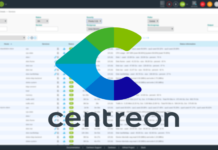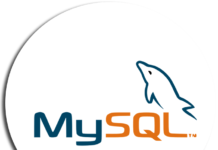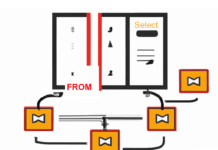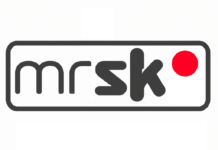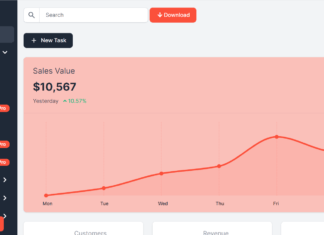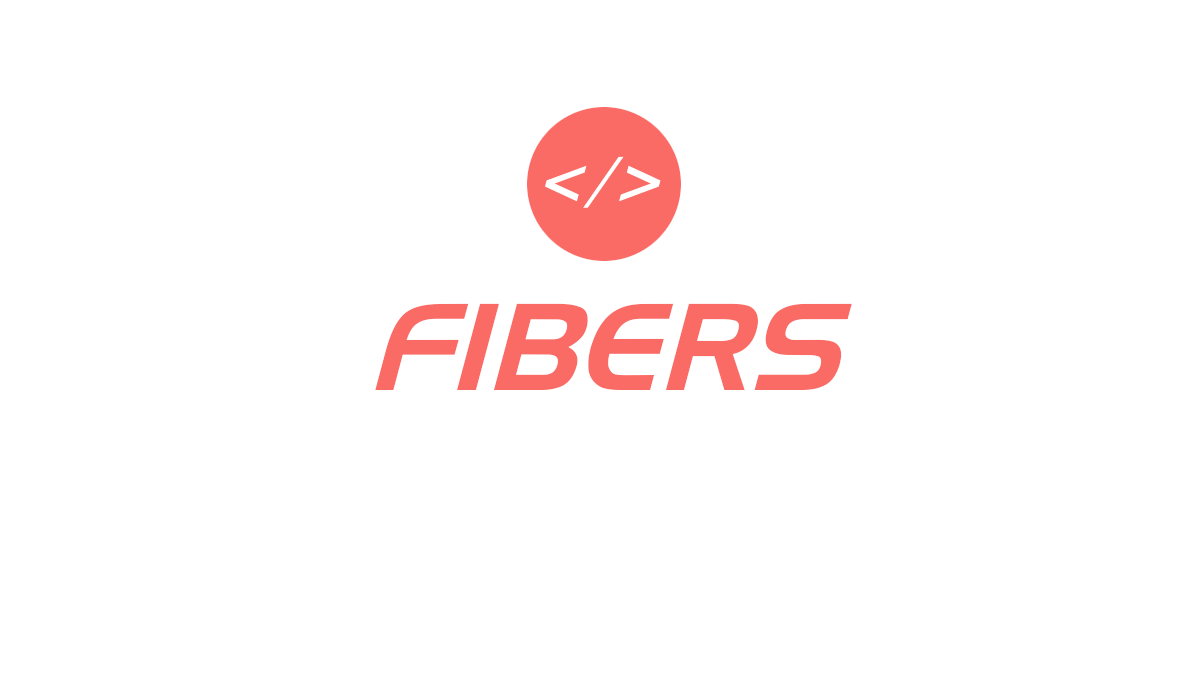White paper – May 2007 – This white paper examines the technology behind Web Services, how the system is made available to the user, and the way connections are made to back-end (and therefore sensitive) data. These different elements come together to make Web Services a portal for users to access data, but also provide different entry points which may be exploited for illegitimate purposes. These security flaws bring about the need for an added security-assessing component in the Acunetix WVS solution. Support for Web Services vulnerability scanning is now provided by a dedicated component which is specifically designed to detect exploitable entry-points in a Web Services system.
1. The Web Services Building Blocks
1.1 The Web Service architecture comprises different technologies which enable a client to obtain data from a server, using the SOAP protocol. SOAP originally stood for Simple Object Access Protocol; however it is now a free standing acronym since the W3C body deemed it as misleading. A Web Service provides a web API (application programming interface) which enables two applications to communicate using XML over the web, or a network connection. This system was created to act as a middle agent when application-to-application integration was an issue which required a solution. A Web Service may be developed in any language and deployed over any platform, but most importantly it may be accessed by any other application regardless of the language used to develop it. SOAP serves as the entity which uses XML to collect the specific message, the service, the interface or port type, and the service binding (the binding contains information about the service such as its hosting redirector and access point).
1.2 Technologically defined, the word Service describes a resource which is utilized by an application and not by a person. Following that definition, a Web Service is a server-oriented system which therefore operates on the server-side, and performs a task when it is called upon by an application. Like any service, a Web Service requires an API to provide an interface which allows it to be called by another application. As can be seen in an operating system of a common personal computer, a service is registered in the system registry which allows applications to locate the specific service to process a specific task. In the same way, a Web Service is registered in a Web Service registry, which an application uses to call the specific service it requires. As mentioned earlier, a Web Service is not language and platform dependent, it uses XML to communicate with other services or applications, and just like any internet web-based system it does not require a specific platform on which to operate.
1.3 XML (Extensible Markup Language) is a versatile language which was designed to enable various different systems to share information and instructions in a universal manner. Web Services use a format of XML developed to describe network services as a set of components which exchange messages containing procedure or document descriptive data. This language is known as WSDL (Web Serviced Description Language), and is a format of XML because of its flexibility as a markup language. A WSDL file contains information about the different components and their respective messages, the message format being used, and the network protocol over which the messages are being communicated. Simply put, the WSDL file is the key communicative agent between the various entities exchanging service messages, and instructions between them.
1.4 An essential element of the Web Services architecture is the central directory which contains all the service descriptions. A service-oriented system must have a registry which takes care of associating the right service to the request being processed, and also functions as a discovery system for the correct service to be identified by the requestor. The mechanism which performs this task is the UDDI Provider. UDDI stands for Universal Description Discovery and Integration. The UDDI Provider hosts a standardized record which creates the profiles of registered services, and through this standardized profile it is possible to match a particular request with its corresponding service. International and publicly available business service descriptions are hosted in a directory known as a Public Business Registry..
2. Web Services in action
After becoming familiar with the key elements responsible for making the Web Services work, one needs to see how these elements interact with the whole system, from the client requesting a service to perform a task, the service being executed, and data delivery.
A simple Web Service which may be used as an example is one which allows a client to convert one currency to another. The web application used as the front-end contains a simple form which allows the user to select the starting currency, and the currency to which he wants the conversion to be done. The user submits this data, and the application contacts the UDDI provider to look up the service required to perform this conversion. The UDDI provider then creates the binding, which associates the message to the service requested, and its location. The UDDI provider then returns a WSDL file to the client, which the application completes as a SOAP message. The SOAP message then gets sent to the application server which hosts the Web Service needed to execute the currency conversion. This is done using the binding details in the WSDL file from the UDDI. Using the SOAP instructions, the Web Service can correctly execute the task according to the parameters it was given, and deliver the processed currency conversion back to the requestor.
3. Web Services – Security Concerns
Fundamentally, Web Services operate on the same structure used by normal web applications. The beginning of the chain is a request forwarded by an application viewed in a web browser, which for Web Services is a SOAP request over HTTP. Since SOAP data is received by the server, but not sent to the client, one can understand that the threat is primarily aimed at the server itself. The following are methods of attack, and how Web Services can be exploited to fulfill these attacks:
3.1 Buffer Overflows:
Common Effects: DOS (Denial of Service), data corruption, malicious code execution.
An attacker can craft XML data causing the XML to call upon itself repetitively therefore constantly increasing in size. This causes a memory overflow, or trigger error messages which reveal information about the application.
A DOS attack can be caused by forcing a server to parse an abnormally long XML file, which in essence uses up much more resources then actually generating one, and can crash the application. Another type of attack consists of sending a block of data to an application, which is stored in a buffer of insufficient size. This block of data can then overwrite genuine data and cause a function return which gives control to the malicious code in the hacker









